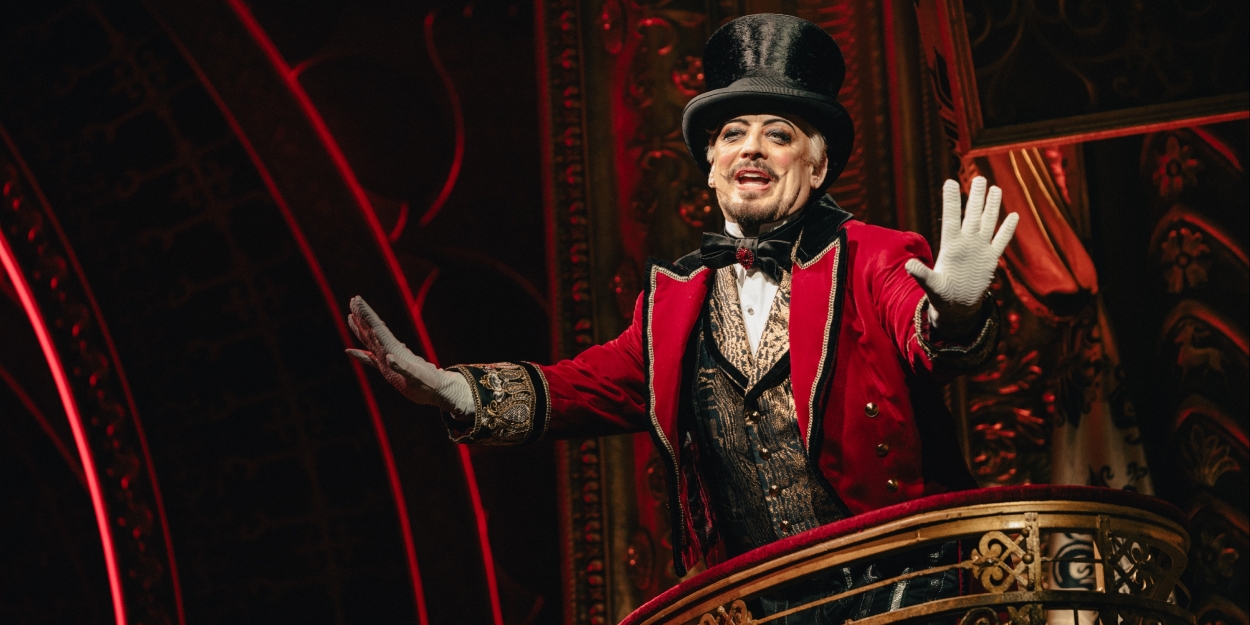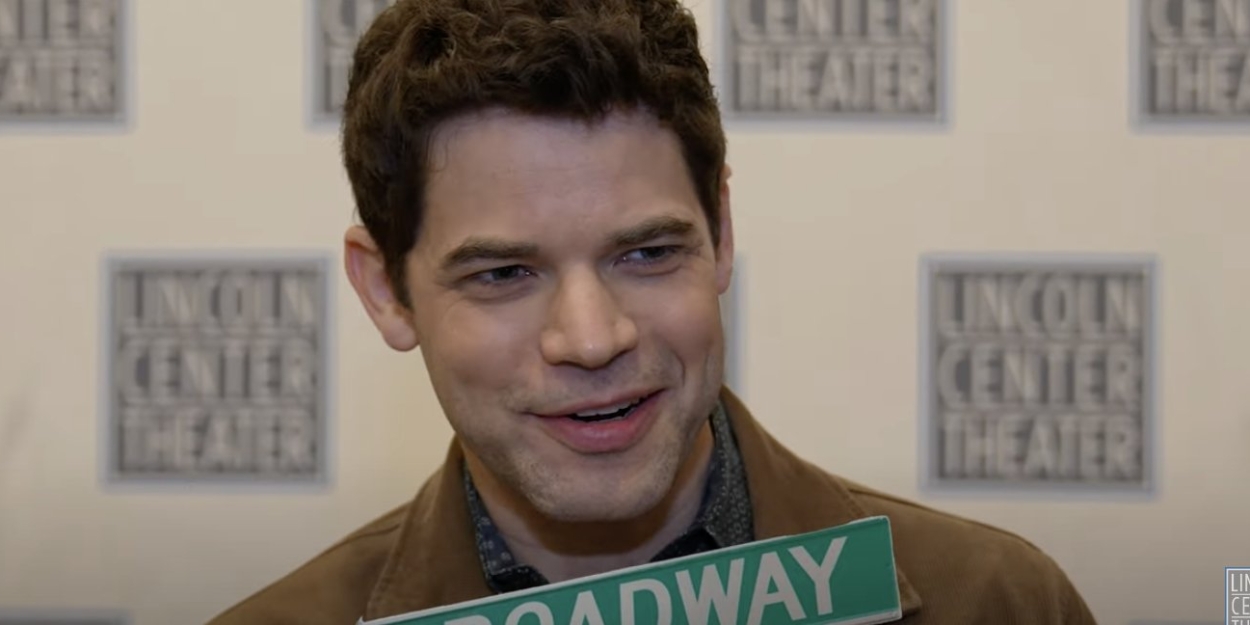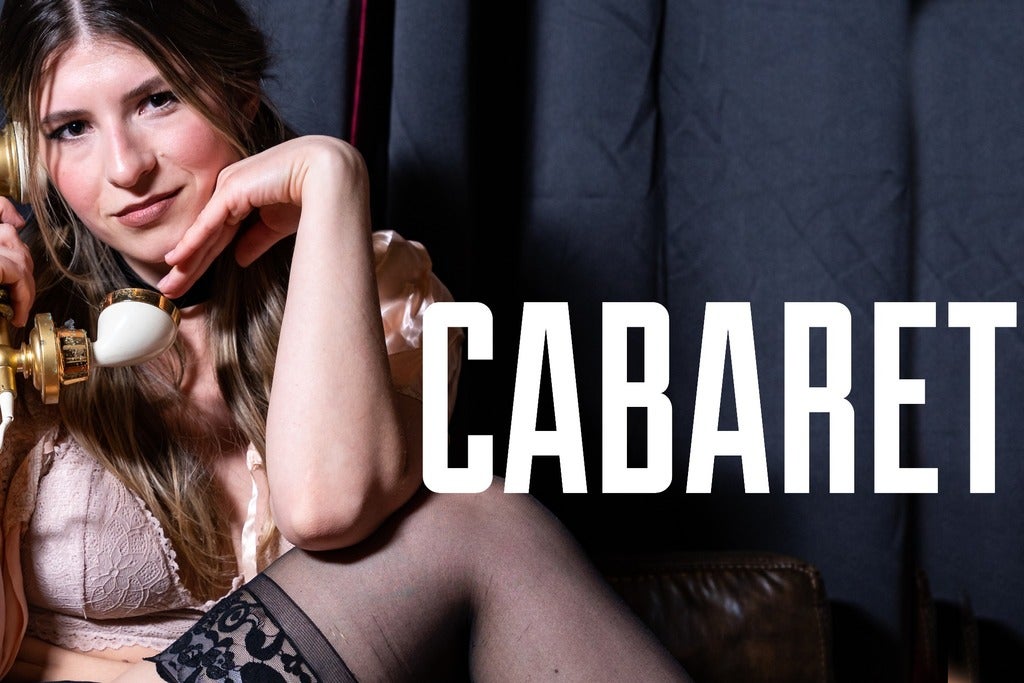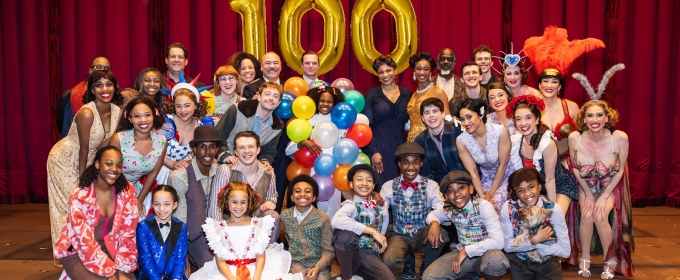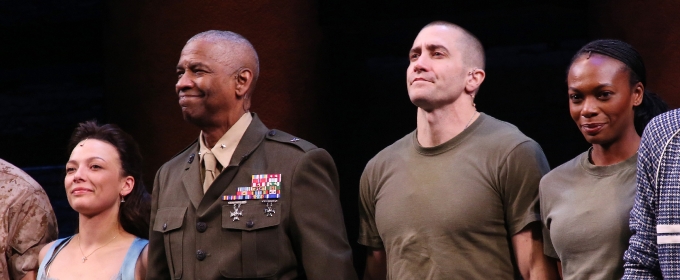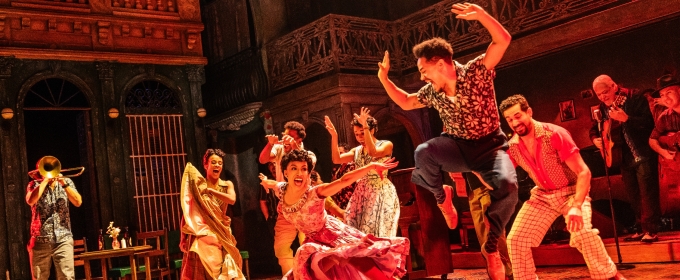Trending Stories
Recommended for You
Review Roundup: Sarah Snook Stars In THE PICTURE OF DORIAN GRAY On Broadway
This new adaptation is written and directed by Kip Williams.
John Krasinski Will Lead ANGRY ALAN Off-Broadway
Sam Gold will direct the limited 10-week engagement.
Exclusive: Inside THE PICTURE OF DORIAN GRAY Opening Night Party
The production opened on March 27 at the Music Box Theatre.
21 Theater Books for Your Spring 2025 Reading List
Broadway authors this season include Jeffrey Seller, Gregory Maguire and more.
Ticket Central
Industry
West End

Round 5 Voting Open for 2nd Annual Ultimate Best Musical Broadway Bracket
Which Best Musical is the ultimate Best Musical?
Which Best Musical is the ultimate Best Musical?
New York City

BroadwayWorld Cabaret Upcoming Show Roundup – Mar. 31 to Apr. 6
Some of our top picks for live cabaret shows and events to see in NYC this week
Some of our top picks for live cabaret shows and events to see in NYC this week
United States

A TASTE OF IRELAND is Coming to Kansas This Spring
Performances will run from April 28 – May 11, 2025.
Performances will run from April 28 – May 11, 2025.
International

Review: HEIST Thrills Audiences at Edmonton’s Citadel Theatre
Heist plays at the Citadel’s Shoctor Theatre until April 13.
Heist plays at the Citadel’s Shoctor Theatre until April 13.

























